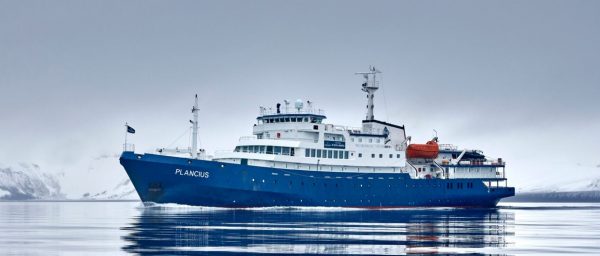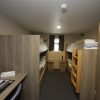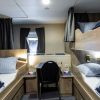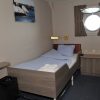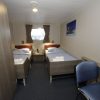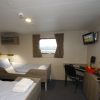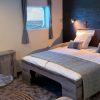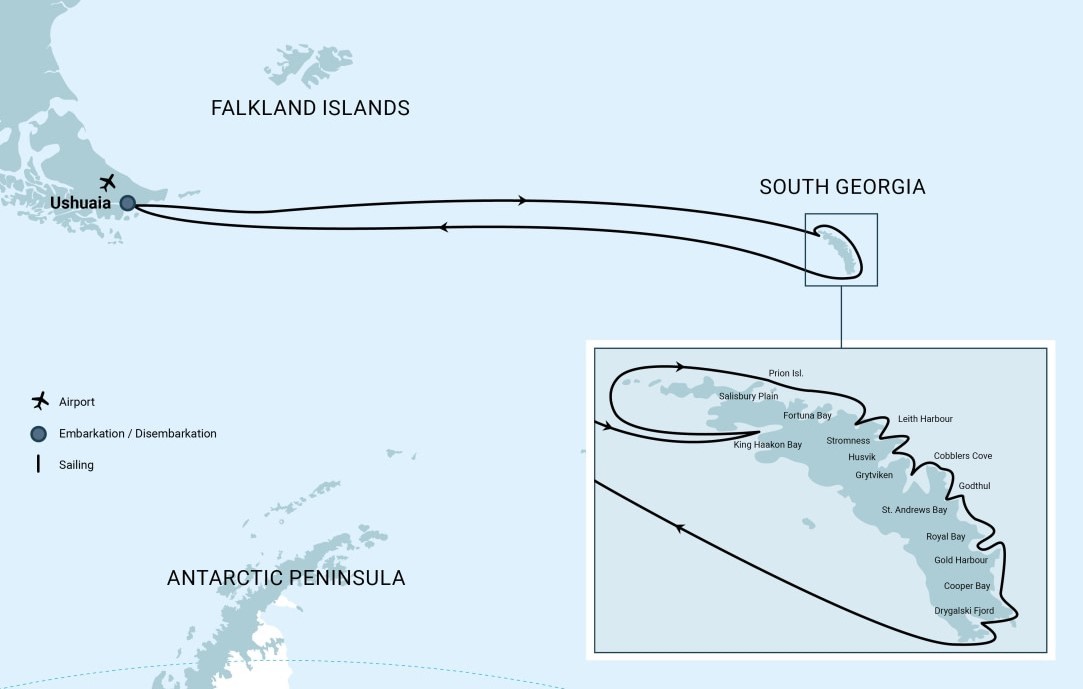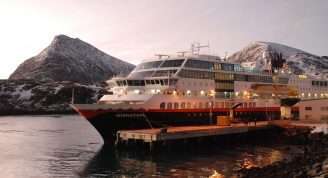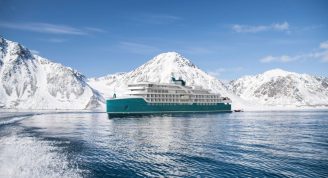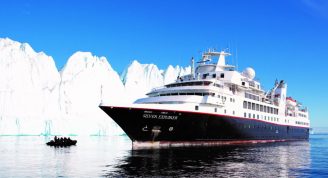Description
Few places compare to South Georgia in terms of exotic wildlife and jaw-dropping scenery. On this exploratory voyage you can enjoy wandering albatross colonies while also seeing some of the biggest breeding spots for king penguins and elephant seals on Earth – along with day after day of amazing polar scenery.
Ski Trekking South Georgia: -A group of adventurers aboard this voyage will travel part of Shackleton’s historic route through South Georgia. They will begin their adventure in King Haakon Bay and be picked up a few days later in Stromness Bay.
Fancy an exceptionally unique adventure? Then consider joining our exciting ski trek that follows part of Ernest Shackleton’s famous 1916 route through South Georgia. Check out the details here and contact us for more information.


